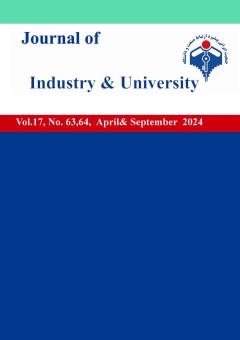A Comprehensive Study of the Causes of Widespread Addictive Substance Use in Educational Institutions of Iran
Subject Areas : Special
Taha Ashayeri
1
![]() ,
Tahereh Jahanparvar
2
,
Tahereh Jahanparvar
2
![]()
1 - Associate Professor & Faculty Member, Department of History and Sociology, Faculty of Social Sciences, University of Mohaghegh Ardabili (UMA), Ardebil, Iran
2 - PhD Candidate in Cultural Sociology, Department of Social Sciences, faculty of Social Sciences, Communication, and Media, Islamic Azad University, Central Tehran Branch, Iran
Keywords: Drug Abuse, School Institution, Family Structure, Students, Academic Failure.,
Abstract :
Addictive substance use (tobacco and drugs) is a socio-cultural issue whose prevalence and normalization among school-age groups and student populations (educational institutions/schools) disrupts development, progress, and human capital, prolongs developmental transitions, causes macro socio-economic disorganization, and—most critically—leads to instability, decline, and the breakdown of the family institution. Accordingly, the primary objective of this research is to comprehensively study the causes of widespread addictive substance use (tobacco and drugs) among students using a meta-synthesis approach.
The research employs a qualitative inductive meta-synthesis method, covering the period from 2003 to 2024. Using non-probability (purposive) sampling, 115 scientific documents (extracted from Noormags, Magiran, and IranDoc databases) were screened, with 74 documents ultimately selected as the sample size. Data were analyzed using Excel and MAXQDA 2022
The results indicate that multiple factors contribute to the prevalence of addictive substance use among students, including:
Social factors (family dysfunction, social capital dysfunction, negative role models in delinquent environments, weak family social capital, social disorganization)
Economic factors (economic pressures, economic anomie, welfare-class disparities)
Cultural factors (unhealthy leisure styles; awareness and attitudes; parenting models and methods; normalization of drug use; weak school-student interaction; academic alienation; educational crisis; academic failure; declining religious commitments)
Psychological factors (affection crisis, psychological alienation, behavioral-psychological disorders, lack of individual skills)
Demographic factors (individual factors, education level, occupation)
These findings highlight the complex interplay of structural, cultural, and individual dimensions in the spread of substance abuse among students
